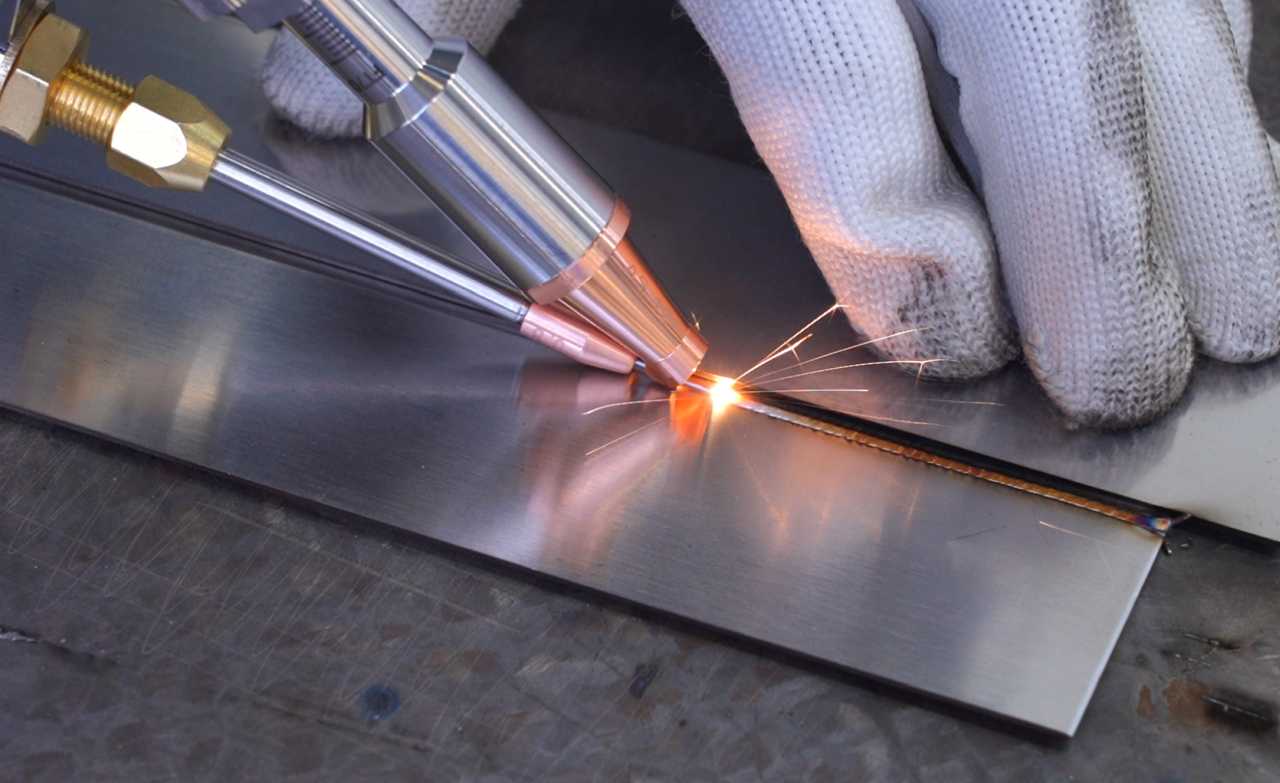Laser welding machines are potent tools for precision joining. It is commonly used in the automobile, electronics, and jewelry industries for its pace and accuracy. However, it is crucial to apprehend the simple functions of laser welding gadgets to get excellent outcomes. This manual explains those principles in easy-to-recognize terms and facilitates you to operate the product efficiently. View more
What Is a Laser Welding Machine?
We can see that The laser welding system uses a beam of mild to melt and join the two materials. It works by melting surfaces, causing them to fuse. Laser welding is ideal for:
Materials include metal, aluminum, and titanium.
Non-metal materials, which include plastics in particular programs.
Small, complicated components that require precise assembly.
Why Are Laser Welding Parameters Important?
The overall performance of a device depends on its parameters. Setting the proper parameters guarantees that:
Durable Welds: Proper fusion for sturdiness.
Neat appearance: Smooth and smooth weld lines.
No Damage: Avoid burns or cuts.
Production excellent: Fast welding with regular quality.
Key Laser Welding Machine Parameters
Understanding the following will assist you get the first-class consequences:
- Laser power
What meaning: Laser energy.
Why it matters: Hard items require extra electricity, while thinner objects use much less electricity.
For example:
100W: Suitable for thin metals consisting of sheet metal.
500W or more: Ideal for complex surfaces, which include metallic plates.
- Welding velocity
That manner: how fast the laser actions with the item.
Why its subjects:
The faster velocity reduces heat buildup, but the weld should now not harden.
The slower speed allows for deeper penetration but can result in overheating.
Adjustment: Check velocity to balance weld satisfaction and efficiency.
- The middle role
Meaning: The distance between the laser awareness factor and the item.
Why it topics:
Proper attention consequences in correct and sturdy welds.
Incorrect centering can bring about a bad first-class or uneven weld.
Tip
Prepare a center role primarily based on the dimensions of the objects.
Take a look at runs to discover the correct configuration.
- Pulse period (for pulsed laser).
That manner: how lengthy the laser beam is lively in keeping with a pulse.
Why it matters:
Smaller vessels are appropriate for gentle substances.
Long pulses are for deep welding.
Example: Use short stems for jewelry and long stems for vehicle elements.
- Pulse frequency (no longer pulsed laser).
What meaning: how usually in step with 2d the laser beats.
Why it matters:
Higher frequencies make the weld smoother; however, it can grow warm.
Lower frequencies lessen heat but can leave a gap within the weld.
How to regulate: Set the frequency primarily based on materials and utilization.
- Wind protect
That method: Gases with argon and nitrogen defend the weld region from contamination.
Why it topics:
Prevent oxidation and discoloration.
Improves weld pleasant and strength.
How to apply it: Choose the air and float through your product.
Factors That Affect Laser Welding Parameters
- Material Type
- Metals like aluminum require higher power than steel.
- Non-metals may need specialized settings.
- Material Thickness
- Thicker materials need more power and slower welding speeds.
- Thin materials require lower power to avoid burns.
- Joint Type
- Butt joints need precise alignment.
- Lap joints may require adjustments to avoid overlapping.
- Surface Condition
- Clean surfaces improve weld quality.
- Dirty or rusty surfaces may weaken the weld.
Common Challenges and Solutions
- Overheating
- Problem: Causes material warping or burns.
- Solution: Reduce laser power or increase welding speed.
- Weak Welds
- Problem: Welds break easily under stress.
- Solution: Increase power or decrease speed for better penetration.
- Discoloration
- Problem: Weld area turns black or brown.
- Solution: Use shielding gas to prevent oxidation.
- Uneven Welds
- Problem: Weld lines are inconsistent.
- Solution: Adjust focal position and speed for uniform results.
Tips for Optimizing Laser Welding Parameters
- Conduct Tests: Run small tests before starting full production.
- Keep Records: Note down successful settings for future use.
- Inspect Welds: Check weld strength and appearance regularly.
- Train Operators: Ensure the machine operator understands the parameters.
Advantages of Laser Welding Machines
Laser welding machines offer:
- Precision: High accuracy for delicate parts.
- Speed: Faster than traditional welding methods.
- Versatility: Suitable for various materials and applications.
- Clean Process: Minimal waste and no harmful emissions.
Applications of Laser Welding Machines
Laser welding device is used in many industries, e.G.
Vehicles: To collect gears, wooden, and different vehicle components.
Electronics: Weld circuit boards and other minor additives.
Costume: Used to enhance and create surprises.
Treatment: To manufacture surgical units and implants.
Conclusions
To get the quality consequences, it is essential to apprehend the parameters of the laser welding system. By understanding how to alter settings such as laser intensity, pace, and consciousness, you may ensure a strong, clean, and green weld.
Take the time to check the device and tailor it to your unique needs. With proper structures and renovation, a laser welding device can supply outstanding performance for many years.

 Join Daily Trust WhatsApp Community For Quick Access To News and Happenings Around You.
Join Daily Trust WhatsApp Community For Quick Access To News and Happenings Around You.

